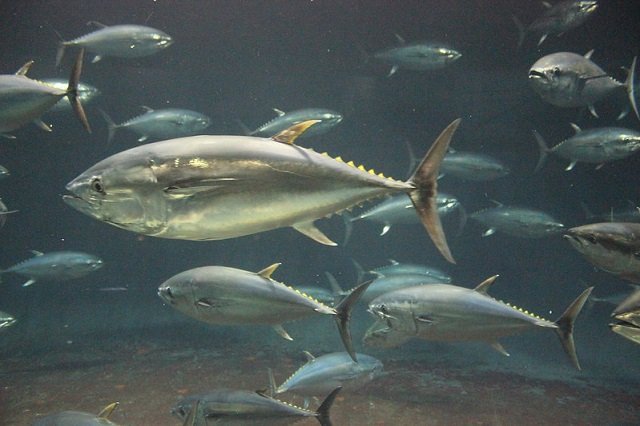Stockholm, Sweden.- A study from Bangladesh shows that intensification of aquaculture production can reduce some environmental impact, producing more using less. Over the past three decades, aquaculture has risen from relative obscurity to become a major component of the global food system. The sector now provides more than half of all fish destined for direct consumption by humans worldwide.
In a study published in Proceedings of the National Academy of Sciences centre researcher Patrik Henriksson, Stockholm Resilience Centre at Stockholm University, with colleagues from Bangladesh, the US, and Spain have taken a critical look at the environmental impacts of aquaculture intensification in Bangladesh.
Intensification in Bangladesh
By conducting a Life Cycle Assessment of 2,678 farms, the authors measured how intensified aquaculture production in Bangladesh affected impacts of global warming, acidification, eutrophication, freshwater ecotoxicity, freshwater consumption, and land occupation.
Based on this the researchers found that the intensification only had a negative impact on eutrophication, acidification, and freshwater ecotoxicity, while it was indifferent in terms of global warming and land use, and had a positive effect on freshwater consumption.
More fish less feed
– Adoption of a range of simple management practices that also improve farm economic performance has the potential to contribute to sustainable intensification, Henriksson says.
Stay Always Informed
Join our communities to instantly receive the most important news, reports, and analysis from the aquaculture industry.
Improvements in feeding efficiency can be achieved by a variety of means including better feed formulation, use of appropriate feed servings (pellet size and structure), and better on-farm feed management practices such as storage and feeding rates. This would result in some of the largest improvements in the environmental performance of most aquaculture systems.
Different consequences on different levels
However, Henriksson and his colleagues warn that with increased intensification a proportionately larger share of the environmental impacts occurs in telecoupled locations outside the farm site and even the other side of the planet. The consequences of different impacts also need be seen at different geographical scales. Global warming acts on a global scale, acidification on a continental scale, and eutrophication, freshwater ecotoxicity, freshwater consumption, and land occupation on a provincial scale.
Reference (open):
Henriksson, P.J.G., Belton, B., Murshed-E-Jahan K., Rico A. 2018. Measuring the potential for sustainable intensification of aquaculture in Bangladesh using Life Cycle Assessment. Proc Natl Acad Sci. doi: 10.1073/pnas.1716530115
http://www.pnas.org/content/early/2018/02/27/1716530115
Source: Stockholm University
Editor at the digital magazine AquaHoy. He holds a degree in Aquaculture Biology from the National University of Santa (UNS) and a Master’s degree in Science and Innovation Management from the Polytechnic University of Valencia, with postgraduate diplomas in Business Innovation and Innovation Management. He possesses extensive experience in the aquaculture and fisheries sector, having led the Fisheries Innovation Unit of the National Program for Innovation in Fisheries and Aquaculture (PNIPA). He has served as a senior consultant in technology watch, an innovation project formulator and advisor, and a lecturer at UNS. He is a member of the Peruvian College of Biologists and was recognized by the World Aquaculture Society (WAS) in 2016 for his contribution to aquaculture.




